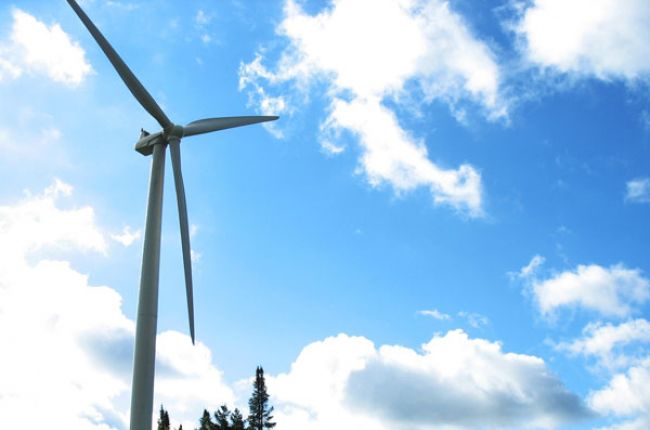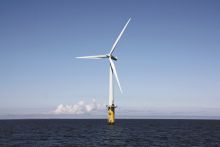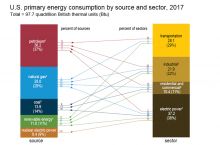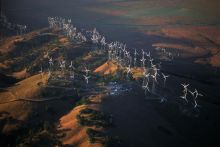
The U.S. Energy Information Administration (EIA) estimates that, in 2015, around 12% of world marketed (bought and sold) energy consumption came from renewable sources (biomass, geothermal, hydropower, solar, and wind).[1] EIA projections suggest that this will increase to 17% by 2040.
The EIA estimates that roughly 23% of world electricity generation came from renewable sources in 2015, 71% of which came from hydropower. EIA projections suggest that renewable sources will account for 31% of world electricity by 2040, roughly half of which will be from hydropower, as wind and solar power will grow rapidly in the coming decades.[1]
Note: EIA estimates do not include non-marketed energy (energy that is not bought or sold). Much non-marketed energy comes from biomass (a renewable energy source) in the form of wood, charcoal, agricultural waste and animal dung, so the EIA statistics slightly underestimate the contribution of renewable energy sources to global energy consumption.
References
1 International Energy Outlook 2017 Energy Information Administration
Learn More:
- International Energy Outlook (Report) Energy Information Administration
Assessments and projections of international energy needs, production, and sources up to the year 2040.
- International Energy Statistics: Total Renewable Electricity Net Generation by Country (Data) Energy Information Administration
Yearly statistics on electricity generation from renewable sources for all countries.
- Flow diagram of energy production and consumption globally and by country, 1973-2014 (Web Tool) International Energy Agency
Flow diagram ("Sankey") of energy production and consumption by source and end-use, including electricity generation efficiency, globally and for most individual countries around the world.
- 2015 Renewable Energy Data Book (Report), Department of Energy
Report on the state of renewable energy in the United States and worldwide, with lots of data, maps, and charts for each renewable energy source.
- Clean Energy (Website) Department of Energy
Hub for information on renewable energy, including recent developments, news stories, and efforts the Department of Energy is taking to support renewable energy development.





